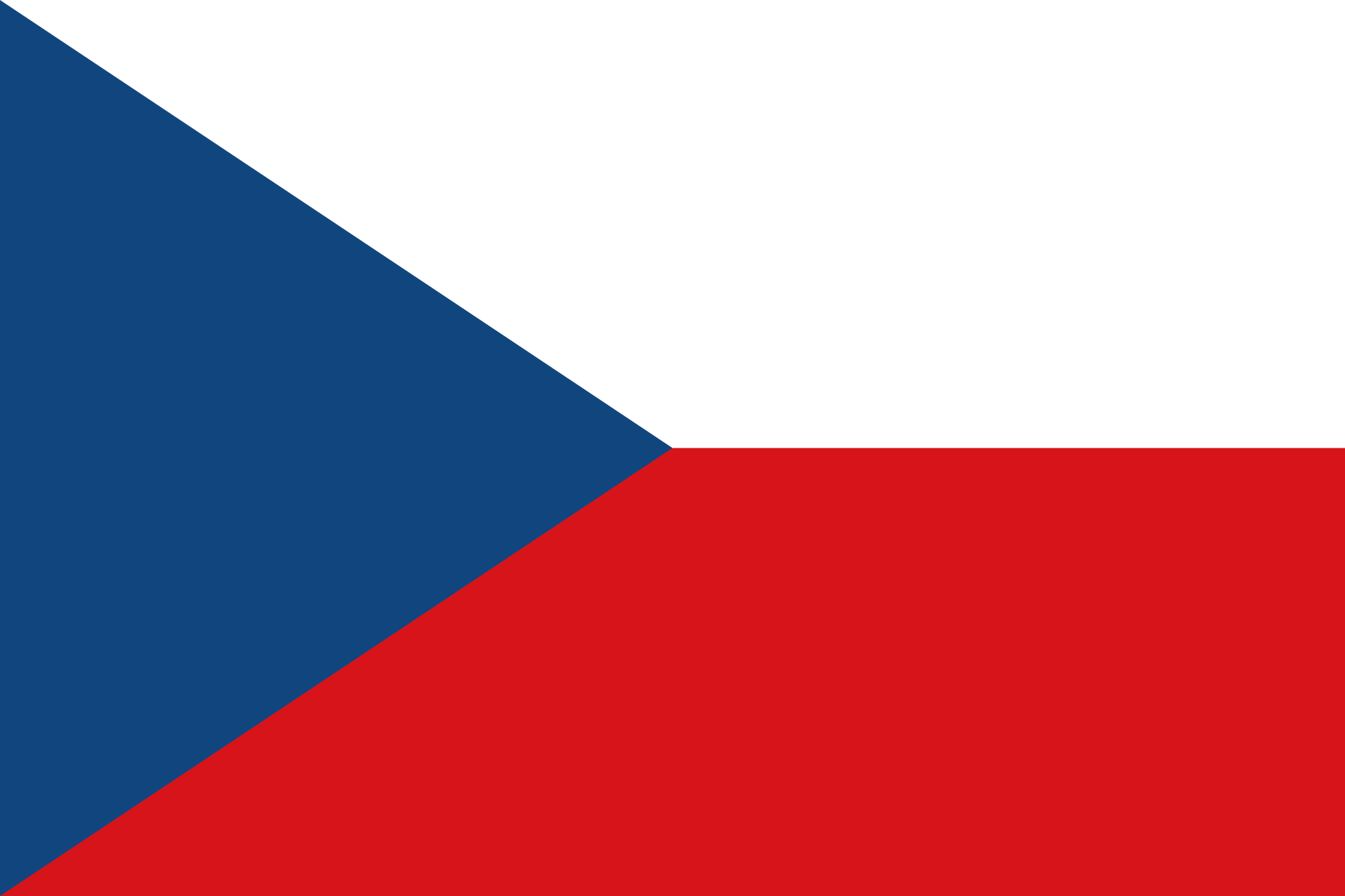
Epidemiological data
Activity of ticks
Occurrence of Lyme borreliosis (LB) M2 
Occurrence of tick-borne encephalitis (TBE) M3 
Topographic basemap
Administrative divisionThe map portal integrates results of several years of cross-border co-operative research at the Faculty of Science University of South Bohemia, Institute of Parasitology Biology Centre AS CR, v.v.i., Ceske Budejovice and Institute of Comparative Tropical Medicine and Parasitology, Ludwig Maximilians University Munich, in cooperation with , Department of Geoinformatics, Faculty of Mining and Geology, VŠB – Technical University.
Complex information on the project Ticks and Tick-borne Diseases in South Bohemia and Bavaria are available here including contacts. The main purpose of the map portal is to make the data on the occurrence of ticks and tick-borne pathogens in South Bohemia, Lower Bavaria and Upper Palatinate available to the public. Descriptions of the different map layers to be displayed are available here.
The map outputs present, apart from epidemiological data (numbers of disease cases), also visualizations of mathematical models of tick activity, probability of infection of a tick by the two most important and wide-spread pathogens (agents of Lyme borreliosis and tick-borne encephalitis). The distribution of ticks, tick-borne pathogens and tick-borne diseases is highly focal – the intensity of occurrence fluctuates in time and space. We are not able to estimate the occurrence of ticks and pathogens in each point of the mapped area, although the information on distribution of the risk is the most important one for the protection of public health. The best way, how to evaluate the risk of infection in the whole area is to apply mathematical models. Shortly, we estimate the selected parameters (tick activity, occurrence of tick-borne pathogens), than we identify the crucial factors, which influence these parameters (environmental factors like altitude, vegetation cover, temperature etc.) and express the relationships between the parameters and environmental factors mathematically. Subsequently, we are able to predict the values of the parameters (risk of tick occurrence, risk of infected tick occurrence) from the values of environmental factors.
Please be aware that mathematical models are only approximations of the real world mechanisms and hence have only limited accuracy. Moreover, they work with probability. Therefore the model results should be considered only as a guide to differentiate between high and low risk areas. There is no guarantee, you won´t meet an infected tick in a low risk region, only the probability is lower than in a high risk area. Therefore, it is advised to take the appropriate “anti-tick“ preventive measures even when entering a lower risk rated area.
In case, you are interested in our data, you have further questions, remarks or ideas for improvement, please don't hesitate and contact us!
If you would like to cite our research, please use some of these publications:
Zubriková, D., Wittmann, M., Hönig, V., Švec, P., et al., 2020. Prevalence of tick-borne encephalitis virus and Borrelia burgdorferi sensu lato in Ixodes ricinus ticks in Lower Bavaria and Upper Palatinate, Germany. Ticks and Tick-borne Diseases. doi: 10.1016/j.ttbdis.2020.101375
Švec, P. et al. 2019: The use of multi-criteria evaluation for the selection of study plots for monitoring of I. ricinus ticks – Example from Central Europe. Ticks and Tick-borne Diseases. Vol. 10., No. 4., 905-910. doi: 10.1016/j.ttbdis.2019.04.014
Honig, V. et al. 2019: Model of Risk of Exposure to Lyme Borreliosis and Tick-Borne Encephalitis Virus-Infected Ticks in the Border Area of the Czech Republic (South Bohemia) and Germany (Lower Bavaria and Upper Palatinate). Int. J. Environ. Res. Public Health 2019, 16(7), 1173; doi:10.3390/ijerph16071173
Honig, V. et al. 2015: Ticks and tick-borne pathogens in South Bohemia (Czech Republic) - Spatial variability in Ixodes ricinus abundance, Borrelia burgdorferi and tick-borne encephalitis virus prevalence. Ticks and Tick-borne Diseases. Vol. 6., No. 5., 559-567.
Švec, P. et al. 2009. Využití GIS pro mapování klíšťat a klíšťaty přenášených patogenů v Jihočeském kraji. Geografie, 114, č. 2009/3, s. 157-168.